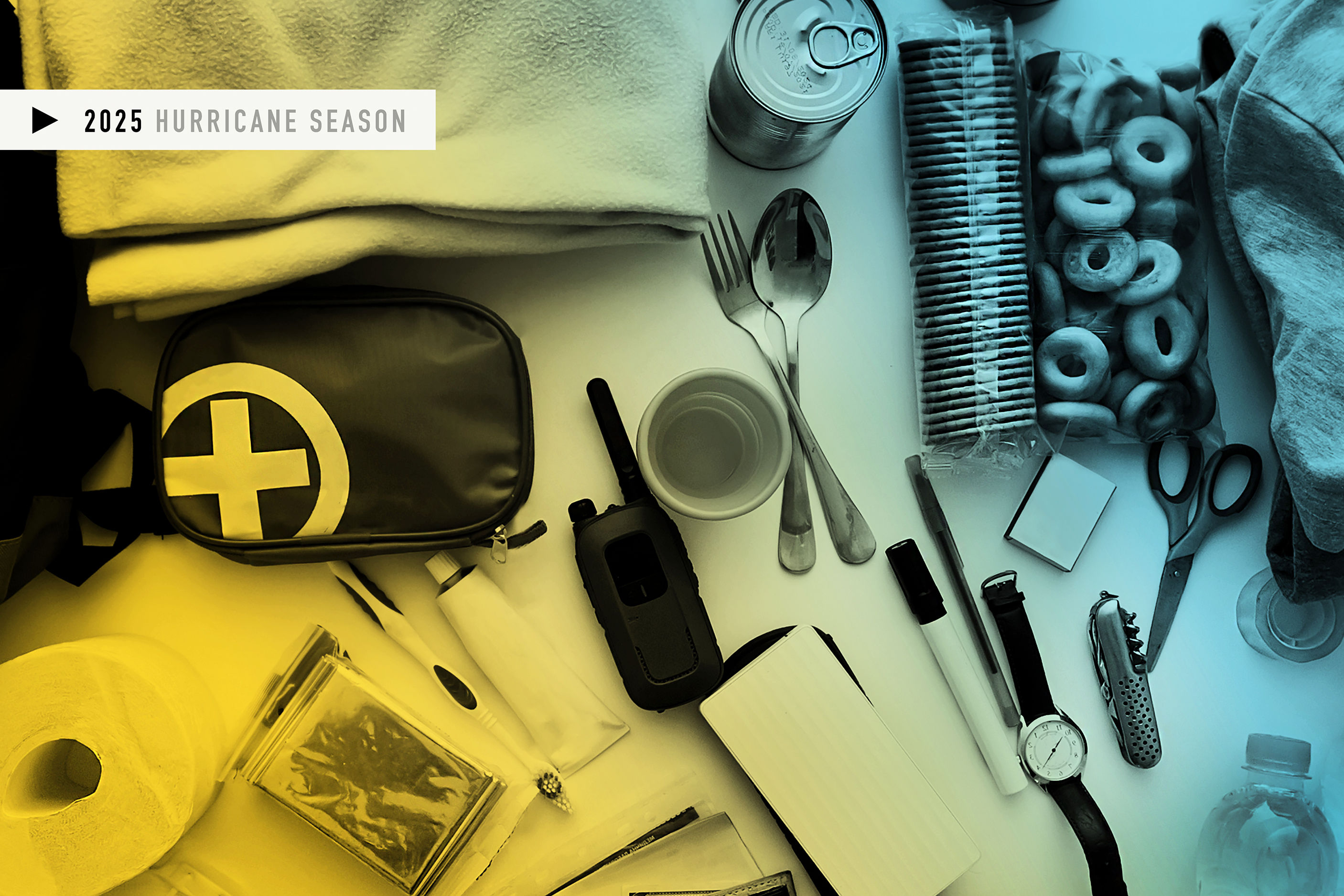Even the National Hurricane Center is Blown Away by Their Harvey Findings
Scientists at the National Hurricane Center aren’t mincing words in their most recent report on Hurricane Harvey. The 76-page tropical cyclone report has more meteorological details than many of us might care to read through, but the its lead author Eric Blake generously summed it up for us in a series of enthusiastic tweets (or mega thread) that put into context just how historic the storm was for the Houston area.
Blake’s first tweet starts out calm and cool, despite the fact that it shares that preliminary data on Harvey shows that rainfall during the storm exceeded the U.S. record by more than 8 inches. Oh, and by the way, the previous record was set in Hawaii—you know, the tropical island.
#Harvey preliminarily set the US storm total rainfall record from a TC with 60.58 inches near Nederland Texas. Previous mark was 52.00” in Hawaii in 1950.
— Eric Blake 🌀 (@EricBlake12) January 25, 2018
From here things start to get heated, as Blake throws in a warranted exclamation point when explaining just how widespread the record-breaking rainfall was. In the report, Blake and co-author David Zelinksy described the rainfall as “truly overwhelming, literally and figuratively.”
7 total stations recorded more rain than the previous US rainfall record of 52” and 18 (!) stations recorded more than previous mainland US record of 48” pic.twitter.com/kAHgydyNbF
— Eric Blake 🌀 (@EricBlake12) January 25, 2018
And apparently, the raw data showed that rainfall was even worse, though they can't technically stand by those numbers.
Interestingly, radar estimates suggested #Harvey could have been as high as 65-70” storm totals, but no gauges to confirm. pic.twitter.com/dDiLePFNDu
— Eric Blake 🌀 (@EricBlake12) January 25, 2018
In another tweet, with another exclamation point mixed with technical weather terminology, Blake is at a loss of words and we sort of get why. In layman’s terms, this map shows the likelihood that parts of Houston would flood as badly as they did. As Blake points out, in many parts of town the odds were 1 in 1,000.
#Harvey was a 1-in-1000 (!) year storm or more for so many areas in SE Texas- incredible. Really ran out of words to describe how anomalous this event was 👀 pic.twitter.com/AMDbN5lPM2
— Eric Blake 🌀 (@EricBlake12) January 25, 2018
Next, Blake shows how Harvey “crushed” Hurricane Allison in rainfall totals and scope, and takes us back 50 years to consider Beulah. Spoiler: Harvey was still worse.
Most people think of Allison 2001 as the Texas rainfall of record- #Harvey just crushed that cyclone in both peak amounts and scope pic.twitter.com/fxnEMORl1a
— Eric Blake 🌀 (@EricBlake12) January 25, 2018
Going back farther, Beulah (1967) previously set a lot of Texas (or US) records, but for any amount above 15”, #Harvey totally destroys it. pic.twitter.com/Zl6lMCreG9
— Eric Blake 🌀 (@EricBlake12) January 25, 2018
Blake does find one silver lining to all of this: that none of the deaths in Harvey were caused by storm surges. He gives credit to his own employer for that one. However, this comes one tweet after he reminds us that Harvey, with 68 direct deaths, was the deadliest storm in Texas in almost 100 years.
ZERO storm surge deaths from a category 4 hurricane landfall- wow. No record of that before for a hurricane so strong. Hopefully linked to first ever storm surge warning issued by NHC pic.twitter.com/0YTyA1f21M
— Eric Blake 🌀 (@EricBlake12) January 25, 2018
Blake wraps things up with a tweet about everyone's favorite subject: money. Coming in at the second costliest storm in recorded U.S. history, he calls the losses caused by Harvey (as well as Irma and Maria) “mindboggling.”
Harvey, Irma & Maria (or HIM as I have heard the insurance community use) look like 3 of top 5 costliest US hurricanes on record - mind boggling pic.twitter.com/utqap6Mz94
— Eric Blake 🌀 (@EricBlake12) January 25, 2018




